How can a grape variety be identified by the appearance of the leaves and the taste of the fruit?
Sometimes you meet grapes while walking around the outskirts of the dacha, and try to understand what kind of variety it was. Following this, the question arises of how to determine the grape variety only by the appearance of the plant. There are several ways to determine the varietal affiliation of the vine.
How to recognize the grape variety
When it is impossible to recognize the variety of grapes, but it is very necessary to do this, summer residents try to find out the varietal affiliation by the appearance of the bush. All plants are divided into two categories - table and technical.
To determine the variety of a plant, attention is paid to the following aspects:
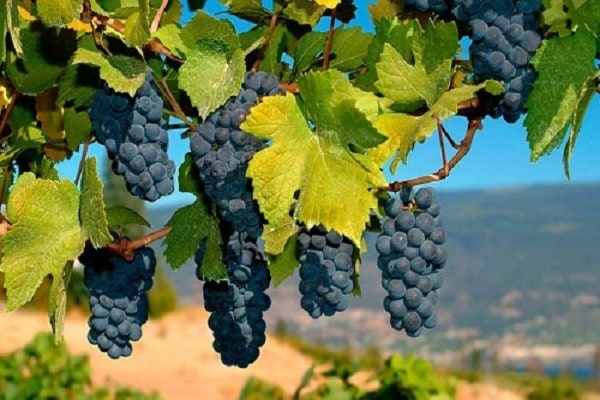
- frost resistance;
- shade of grape bunches;
- the purpose of the grapes;
- the ripening period of the crop;
- immunity to diseases and pests.
Methods for determining the variety of grape bushes:
- on a sheet plate;
- the appearance of the bunch;
- pulp of grapes.
The combination of these characteristics gives an idea of the variety and helps to define it.
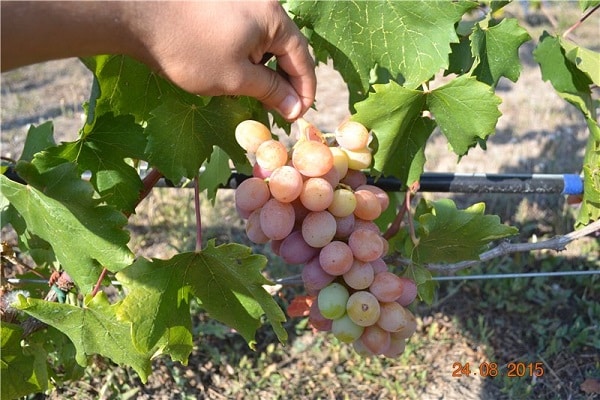
Method of determination by sheet
The most common way to determine the varietal affiliation of grape bushes is by the appearance of the leaf. It can be difficult for an inexperienced summer resident to understand how the leaves of different varieties differ. But an experienced grower immediately distinguishes the bushes by the leaf plate.
Features of the structure of the grape leaf
The grape leaf is most often five-lobed or four-lobed. Some hybrids have whole leaves. Slight jagged edges. The leaf is round in shape, with pronounced veins. Young leaves are smaller than old ones.
Hybrids have different leaf shades. It ranges from light green to rich green. Grape leaves are thin, not juicy. Due to this property, the leaves do not need a lot of water. Young leaves are juicier than old ones. Some hybrids have juicier leaf plates; such varieties are also used to make dolma.
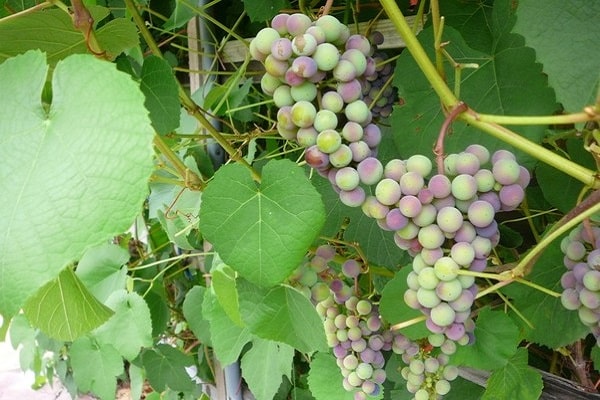
Main types
There are several types of grape leaves - four-lobed, five-lobed and whole. The appearance of the leaf depends on the variety of the plant. Before proceeding with the definition on the sheet, find out which of the three types it belongs to.
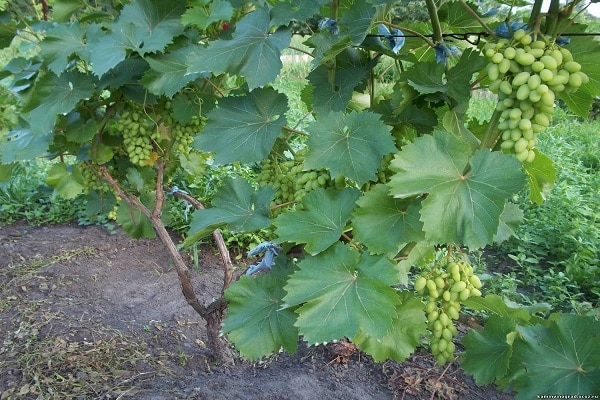
By plate
Many growers and breeders are thinking about creating a single database with photographs of the leaves of various grape hybrids, so that each summer resident can quickly determine which variety the plant belongs to.
Determining the variety on the sheet plate is the easiest way. For example, in the Agadai hybrid, the leaf is large, rounded, with pronounced veins, belongs to the five-lobed type.
The Aligote hybrid also has five blades per leaf. But the leaf looks like a solid one because of the small distance between the segments. In size, the leaf plate is large or medium in size.
The Asma variety is distinguished by a three-bladed leaf, the shape of the plate is round. Grape Delight characterized by a medium-sized plate, with five medium-sized lobes.
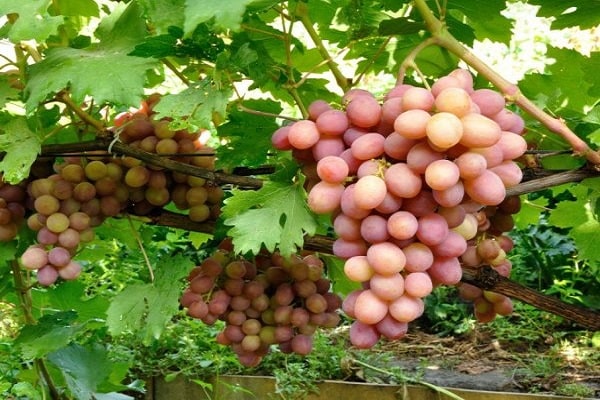
By form
The second characteristic that is paid attention to when determining the variety is the shape. The leaf plate is small to large.
Grape leaves are oval, wedge-shaped and ovoid. To determine the hybrid, a large healthy leaf is selected and folded. Some varieties have deep side cuts, and some don't. Also pay attention to the teeth at the edges of the sheet plate. They are large, small, sharp and dull. This characteristic is also very important.
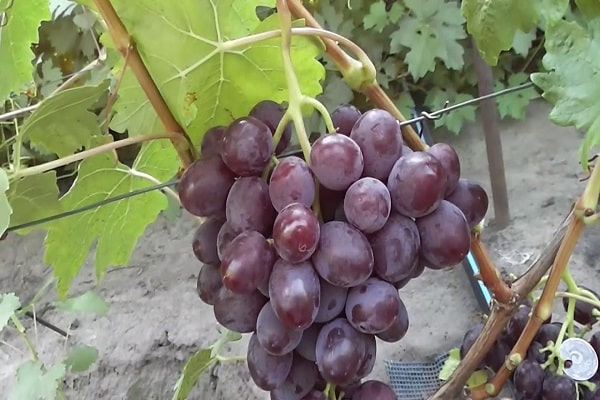
By blades
Another characteristic part of the plant, by which the variety is determined, is the number of blades. The blades can be seven, five, three, they can also be solid or with pronounced dissection of the blades.
The pubescence in some plants is so strong, especially in young crops, that it is impossible to confuse the variety. For example, in the Pinot hybrid, pubescence is dense, which changes the shade of the leaf. Madeleine Anjivine's pubescence looks like a spider's web. It is completely absent from Karaburno.
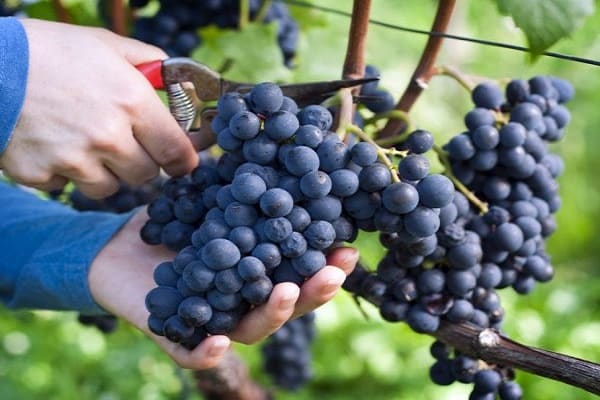
By color
In different hybrids, the shade of the foliage changes from light green to rich green. For example, the Clerette grapes have dark leaves. In Summer Muscat, the top of the leaf is the same color as the top. Pinot Noir takes on a burgundy color by autumn.
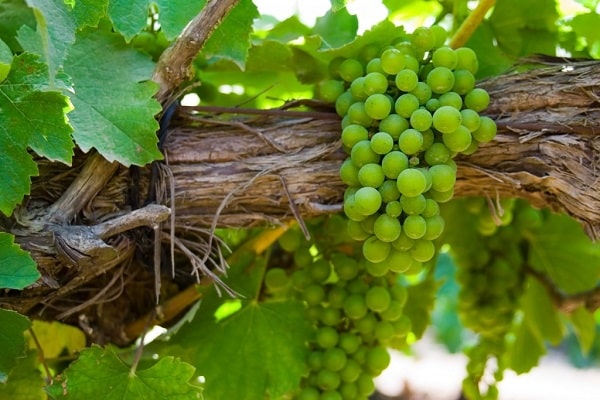
How to recognize the berry
In addition to the appearance of the leaf plate, the second thing you need to pay attention to when determining the variety is the characteristics of the berries. It is easier to determine the variety by berries than by leaf.
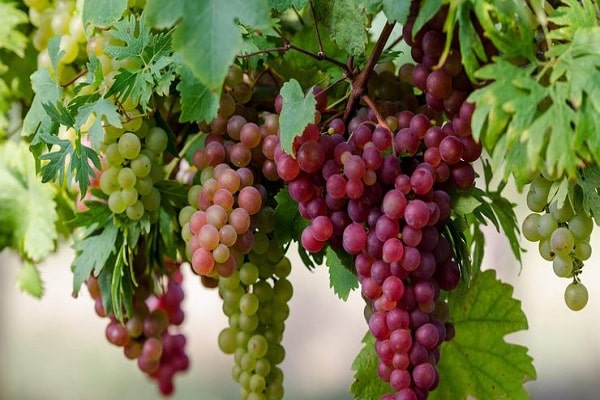
What makes fruits special
Bunches of grapes differ in a number of ways:
- skin tone;
- the size of the grape;
- bunch shape;
- ripening of fruits.
All grape varieties are usually divided into lean, high-yielding and high-yielding. Bunch appearance and yield depends on weather conditions, soil nutrients and growing region. Bunches are small, medium and large in size. This characteristic depends both on the variety and on external factors (bush care). Large clusters grow up to 26 cm, medium - up to 18 cm and small - up to 10 cm.
Karaburnu, Preobrazhensky, Viking are distinguished by large clusters. Zest, Elegant are medium sized bunches. Muscat Ottonel, Bianca belong to varieties with small clusters.
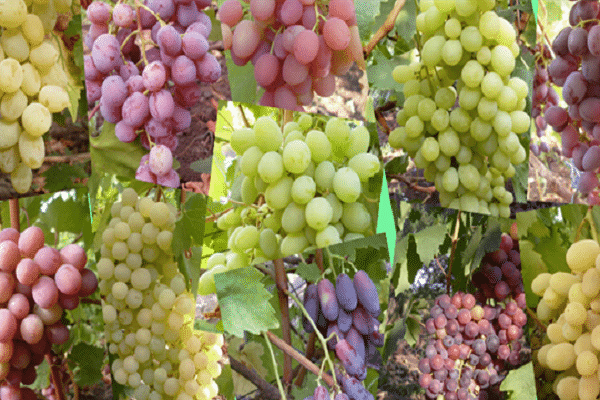
Specifications
There are several types of grapes that differ in skin color:
- pink;
- white;
- the black;
- red.
The berries are oval, elongated, pointed and round in shape.
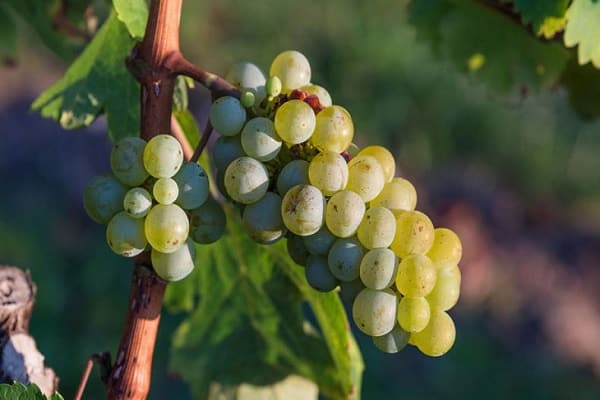
The easiest way is to find out what kind of grape belongs to, according to the taste of ripe fruits. But this method is only suitable for experienced winegrowers. The thickness of the skin, the juiciness of the flesh and the number of seeds can also help in determining the variety.
Despite the fact that each grape variety has many distinctive characteristics, only a professional winegrower can accurately determine the variety. According to such characteristics as the astringency of berries, aftertaste, juiciness, sourness, only a person who has been growing grapes for more than one year can say for sure.

With the help of bunches
The appearance of a bunch is of several types:
- branched;
- cylindrical;
- bladed;
- conical.
When determining the variety, attention is paid to the density of the grapes. The bunch is loose, dense, very loose and of medium density. It should be noted that the size of the bunch also depends on external factors, for example, climate and fertilization. But the size of the fruit in any case should not be radically different in size.
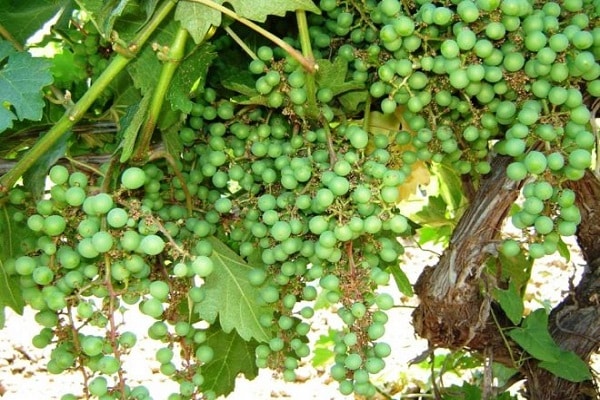
In the spring, the dissolution of the bush by the type of flower
By the type of flower, it is impossible to determine which species the grape bush belongs to. The only way to know by the dissolution of the inflorescence is when the flowering period of the bush began. Different hybrids bloom at different times. The plant can be early maturing, with a medium ripening period and late. But this characteristic is only an addition to the study of the appearance of the leaf plate and berries.
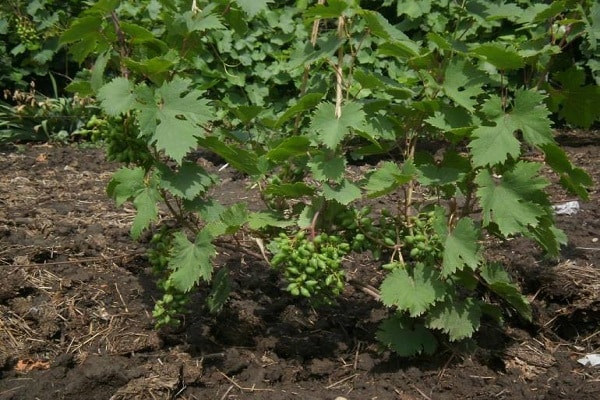
other methods
It is possible to determine the varietal affiliation of grape bushes only by the appearance of the leaf plate, the shape and size of the bunch, berries and the flowering period of the plant. There are no other precise ways of determining. Especially for novice gardeners who grow grapes for the first year.
It is possible to determine the variety by frost resistance, disease resistance, and bush size only if there are already some assumptions about the variety. And these signs can only direct the choice of the right one.
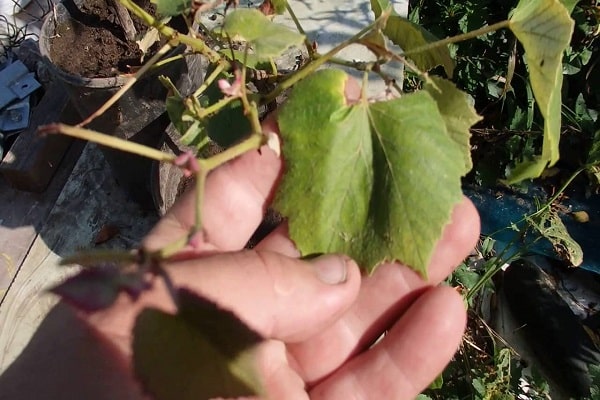
Which of the signs is the most accurate?
It is impossible to say unequivocally which of the signs of the definition of a hybrid is correct. For some, it is easier to determine by the appearance of the leaf, while others can easily identify the variety by the characteristics of the berries.
It is worth noting that the best way to find out which species a grape bush belongs to is to study all parts of the plant and the growth characteristics. Indeed, many varieties have the same leaf structure, but different color of berries or density of a bunch. And vice versa.
Last but not least, attention is paid to the ripening period, flowering period and frost resistance. Sometimes you can determine the variety by the growing region. Some plants grow only in specific climatic conditions and do not take root in other regions.
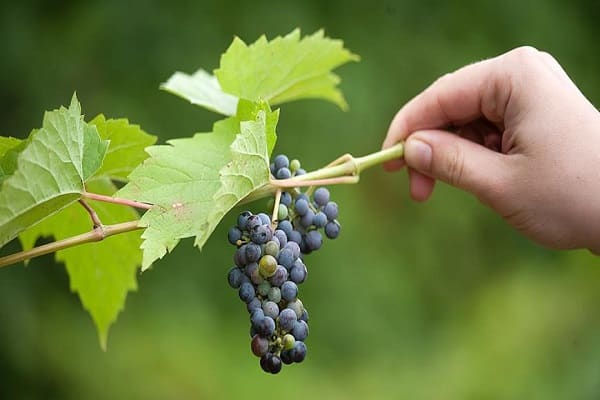
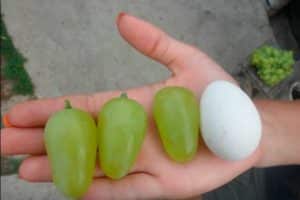
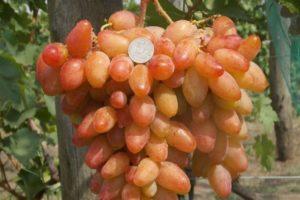

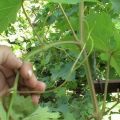
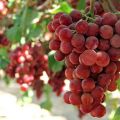

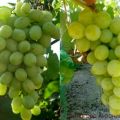



my god .. what kind of morality can you get 5000 varieties .. what are the leaves what the fuck fruits